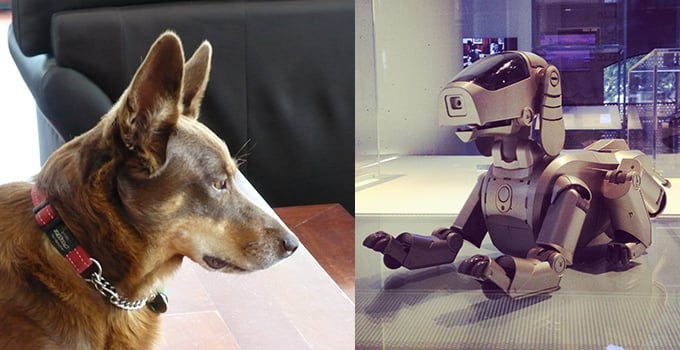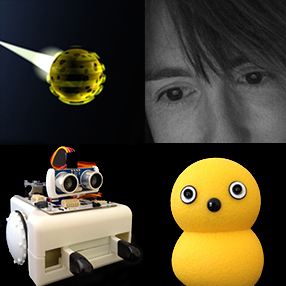Chapter 2 Human-Animal Communication
![]() [W]hat is ‘language’ if it is not the wagging of a tail, and ‘ethics’ if it is not the ability to greet one other and to dwell together as others? (Clark, 1997, pp. 190–191).
[W]hat is ‘language’ if it is not the wagging of a tail, and ‘ethics’ if it is not the ability to greet one other and to dwell together as others? (Clark, 1997, pp. 190–191).
I realise that it might seem odd to move away from discussing robots so early on in this book, to talk instead about human-animal communication, but, as this quotation indicates, considerations of animals and their interactions with people have produced some of the most compelling arguments to take communication, and the relation that can develop, between humans and non-human others seriously. To make this move you need to extend the idea of communication beyond considerations of spoken language, to include the nonverbal, in the case of dogs, for example, so that you take communication involving barks and tails that wag seriously.
This quotation also raises another, more philosophical question, relating to whether non-humans can take part in ethical encounters. Robots and Communication doesn’t argue that robots are, or might in the future be, moral agents. Instead, the focus is on uncovering the ways that humans encounter robots, and in the process recognise them (often only for the period of interaction itself) as other beings, worthy of attention and an attempt to communicate. This is an important aspect of assessing why someone might decide to try to communicate with a robot, in particular over an extended period of time, whatever its form.
Reference:
Clark, D. (1997) ‘On Being “the last Kantian in Nazi Germany”: Dwelling with animals after Levinas’, in Ham, J. and Senior, M. (eds) Animal acts: configuring the humans in western history. New York: Routledge, pp. 165–198.
Images taken by Eleanor Sandry.


